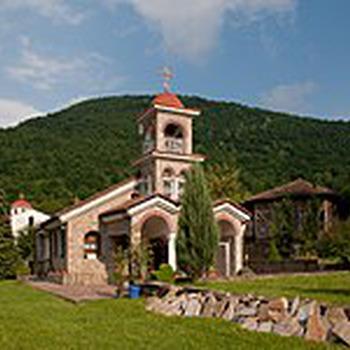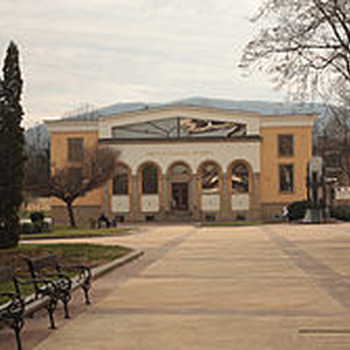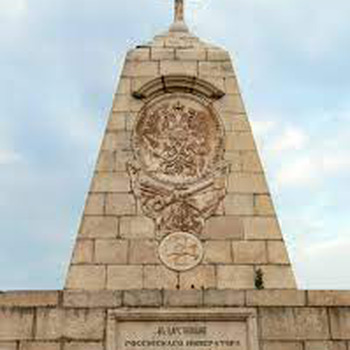Eleshnik Monastery of the Holy Mother of God
Overview
Eleshnitsa Monastery "Assumption of the Blessed Virgin" is a functioning monastery without monks in Bulgaria. It is located 4 km north of the village of Eleshnitsa, Sofia region. The monastery is located in the Balkan Mountains, at the foot of Mount Murgash. Due to its proximity to the river Yakovishtitsa, it is often called the Yakovski Monastery. The monastery is part of the Little Sofia Holy Forest and has been declared a monument of culture and architecture. the hazelnut monastery was studied in detail and described for the first time by Dimitar Marinov. It is still unclear when the monastery was founded. It is believed to have been inhabited by hermit monks since the 9th century. But its creation took place in the XIV or early XV century, during the reign of Tsar Ivan Alexander, when many of the monasteries around Sofia were established. Proof of this is the marble slab with an inscription from 1499 placed in the pavement of the temple. Frescoes with the typical for the XV - XVI century stylization are also preserved. The monastery was renovated and rebuilt in the XVI - XVII century. In 1793 the Eleshnik monastery was devastated by Kardzhali invasions. In 1799 it was rebuilt, and later it was looted and destroyed again. Abbot Daniel began the renovation of the monastery in 1820, as evidenced by the inscription: "This temple was renovated in the summer of 1820." The church was renovated and painted by Samokov painters in 1864. During the Ottoman period, the Eleshnik Monastery was a literary center with a cell school. One Four Gospels and one Psalter are preserved in the National Church Historical and Archaeological Museum in Sofia. Vasil Levski is hiding in the monastery. After the defeat of Botev's detachment in early June 1876, some of the surviving rebels found shelter in the monastery. [3] In the first half of the 19th century a complete renovation of the Eleshnik Monastery was carried out. During the Second World War the monastery did not function. Its inhabitants change several times. It is consecutively male and female. After 1966 the monastery fell into disrepair. In 1989 the restoration in its old look and style began. The church has typical for the late Middle Ages size and style. It is low, single-nave with a wide narthex and measuring 6.8 m by 14.5 m, with a vestibule from the west. The building consists of two parts, and the narthex is additionally added and painted. Above the door on the west wall in the nave there is a donor inscription, testifying to the creation and writing of the church in the XVI century. The painting in the vestibule is best preserved. The calligraphic features and the artistic style of the frescoes testify that they were painted at the end of the 16th and the beginning of the 17th century. Above the south door of the narthex is the scene "Assumption". The scene of the Annunciation is painted on the altar, and King David and Solomon are represented on both sides. The apse depicts the Holy Mother of God on a throne with the little Jesus. In the church is one of the four images of the Ecumenical Council of the Bulgarian lands, as well as a valuable mural of the Last Supper from 1864. The monastery buildings are two-storey. On the first are the stables and the premises for the cattle, and on the second - the monastic cells. The monastery complex has two separate courtyards and two residential wings.
Recommended
- Monument of Apriltsi
- Buhovo Monastery "St. Archangel Michael "
- Buhovo Monastery "St. Mary Magdalene"


 Bulgarian
Bulgarian Romanian
Romanian



